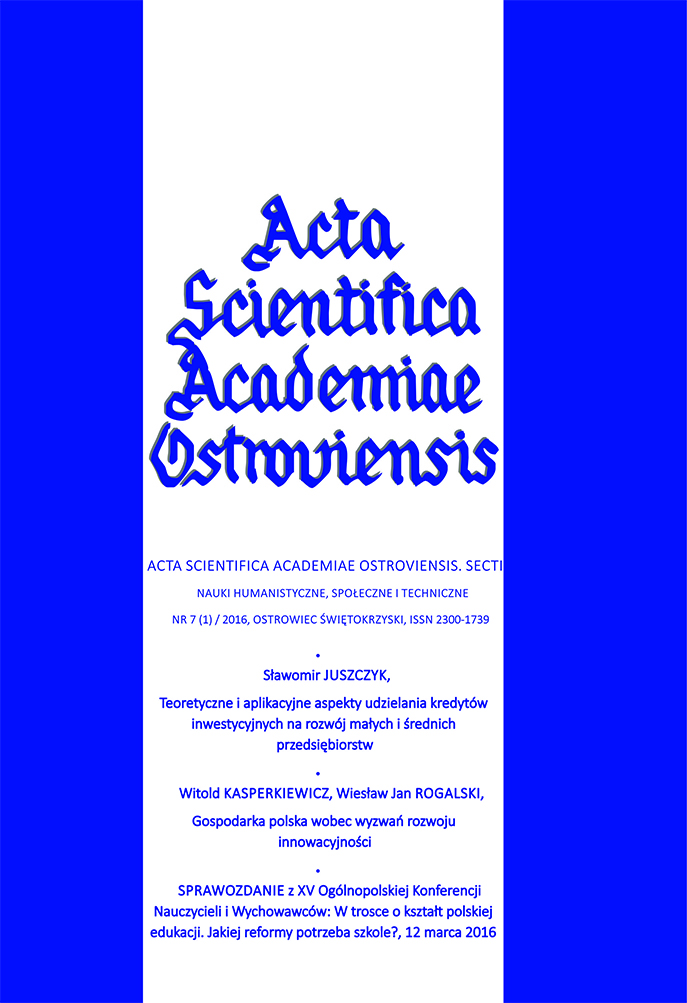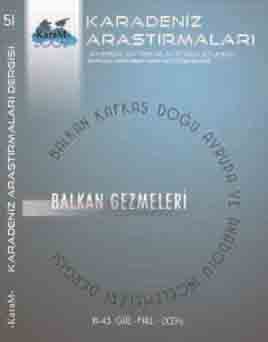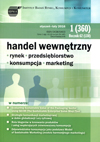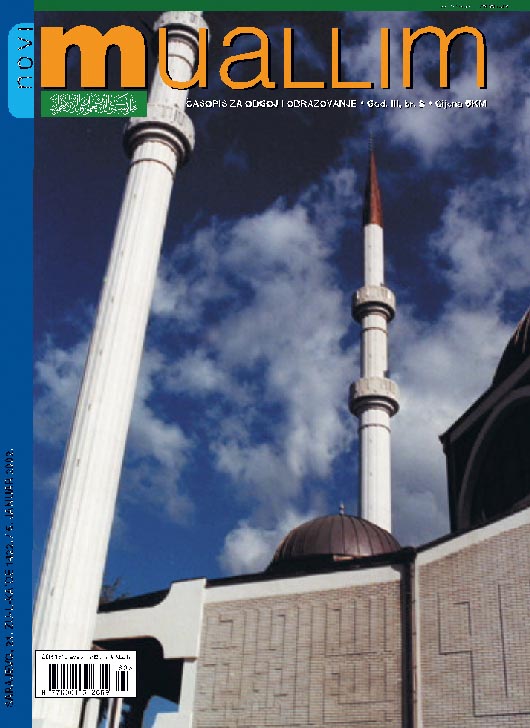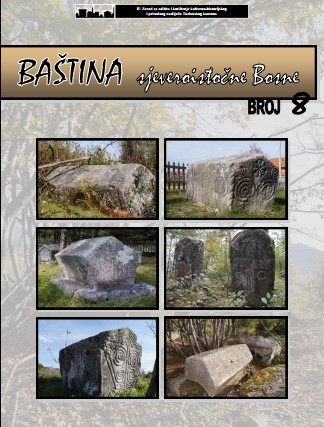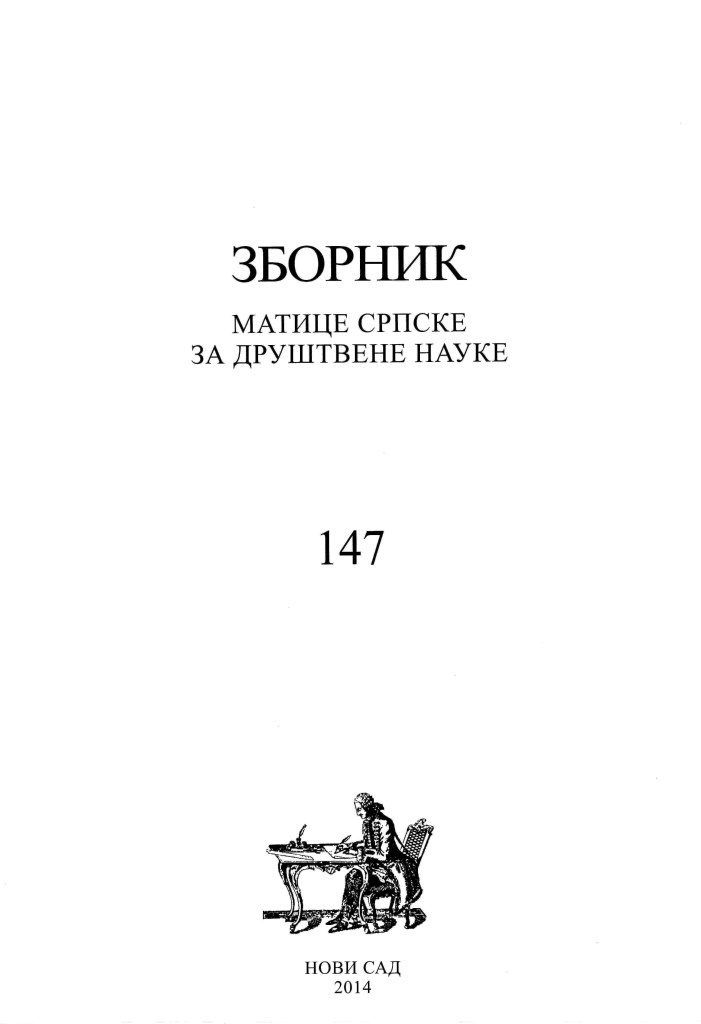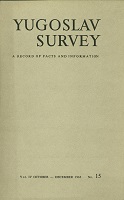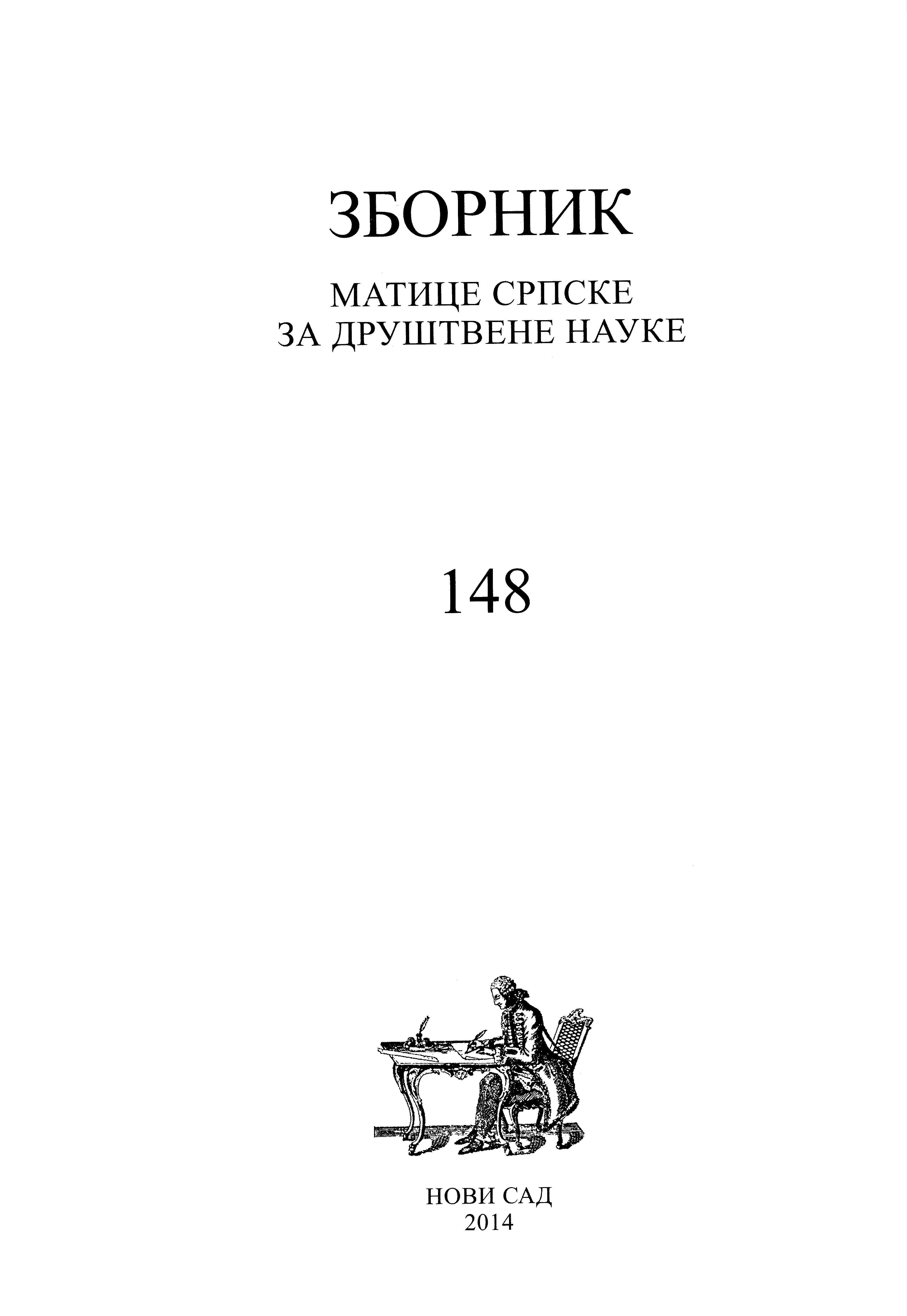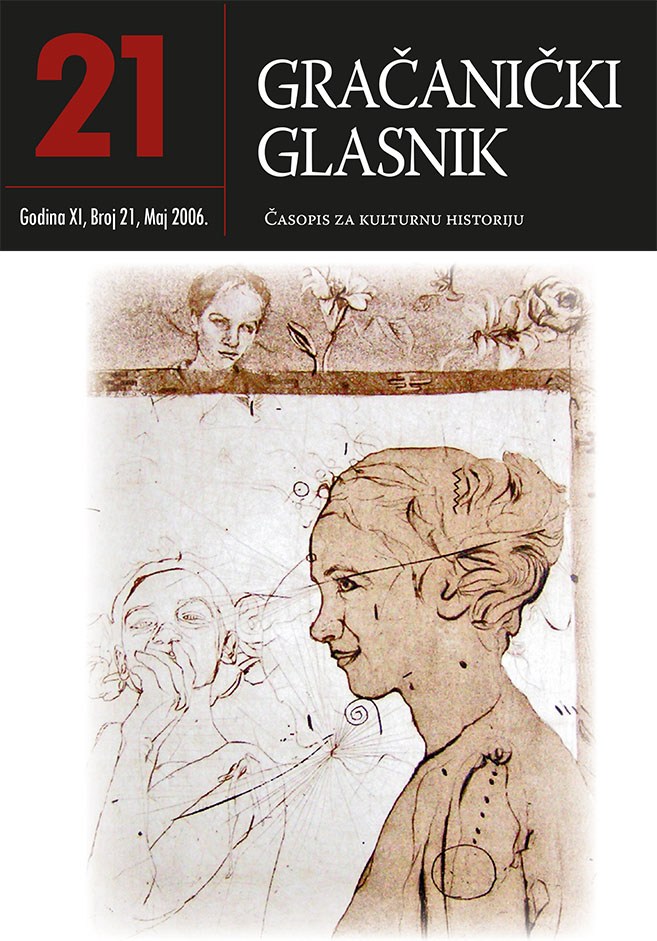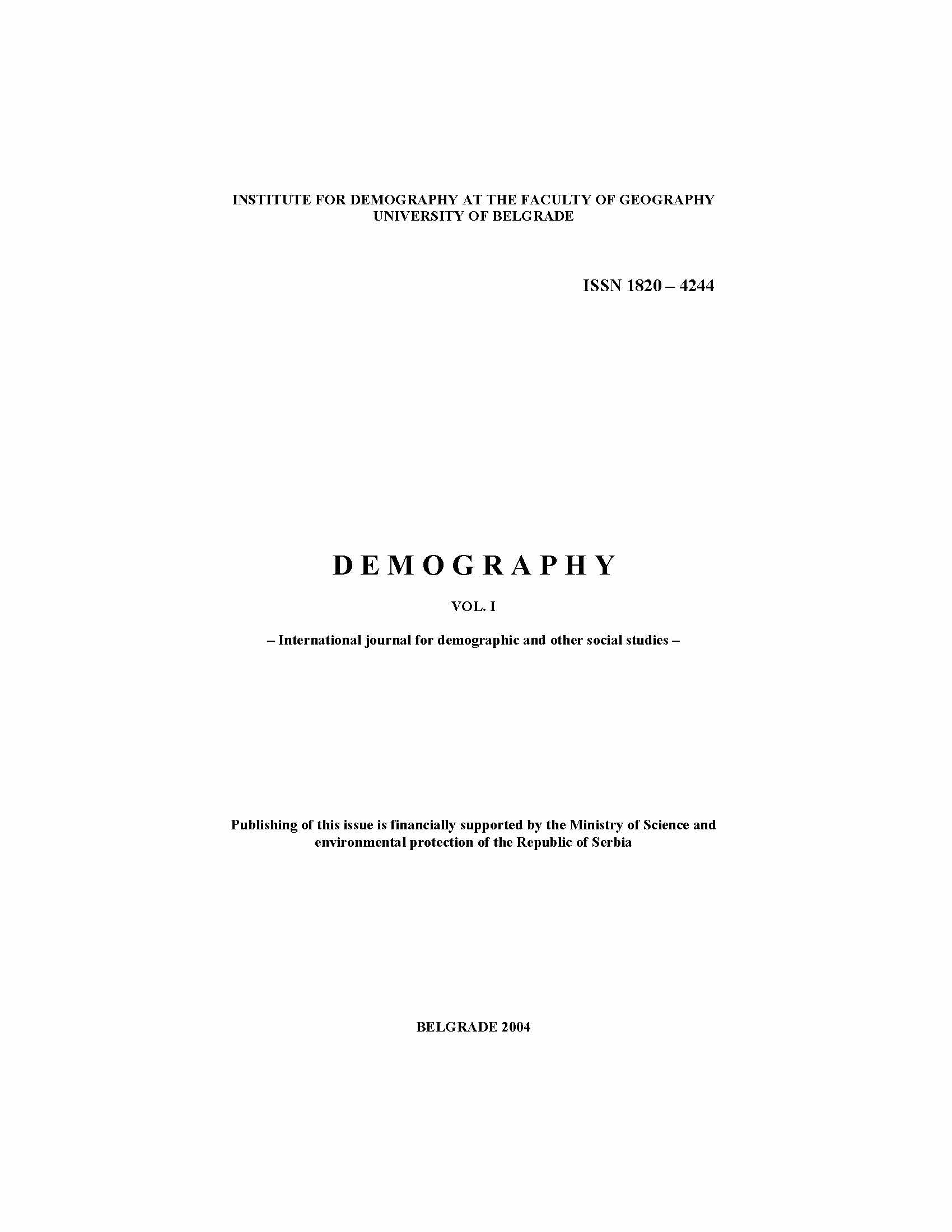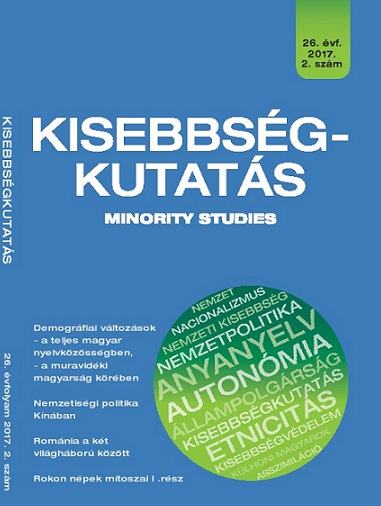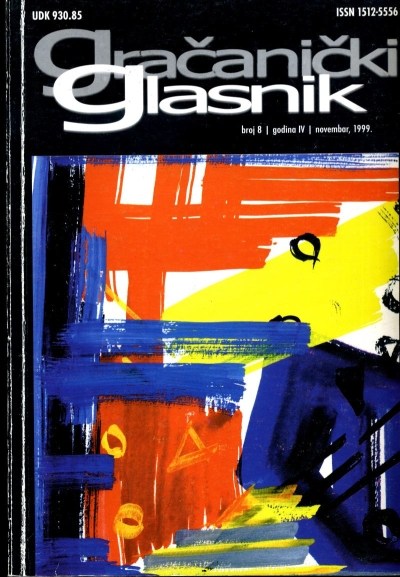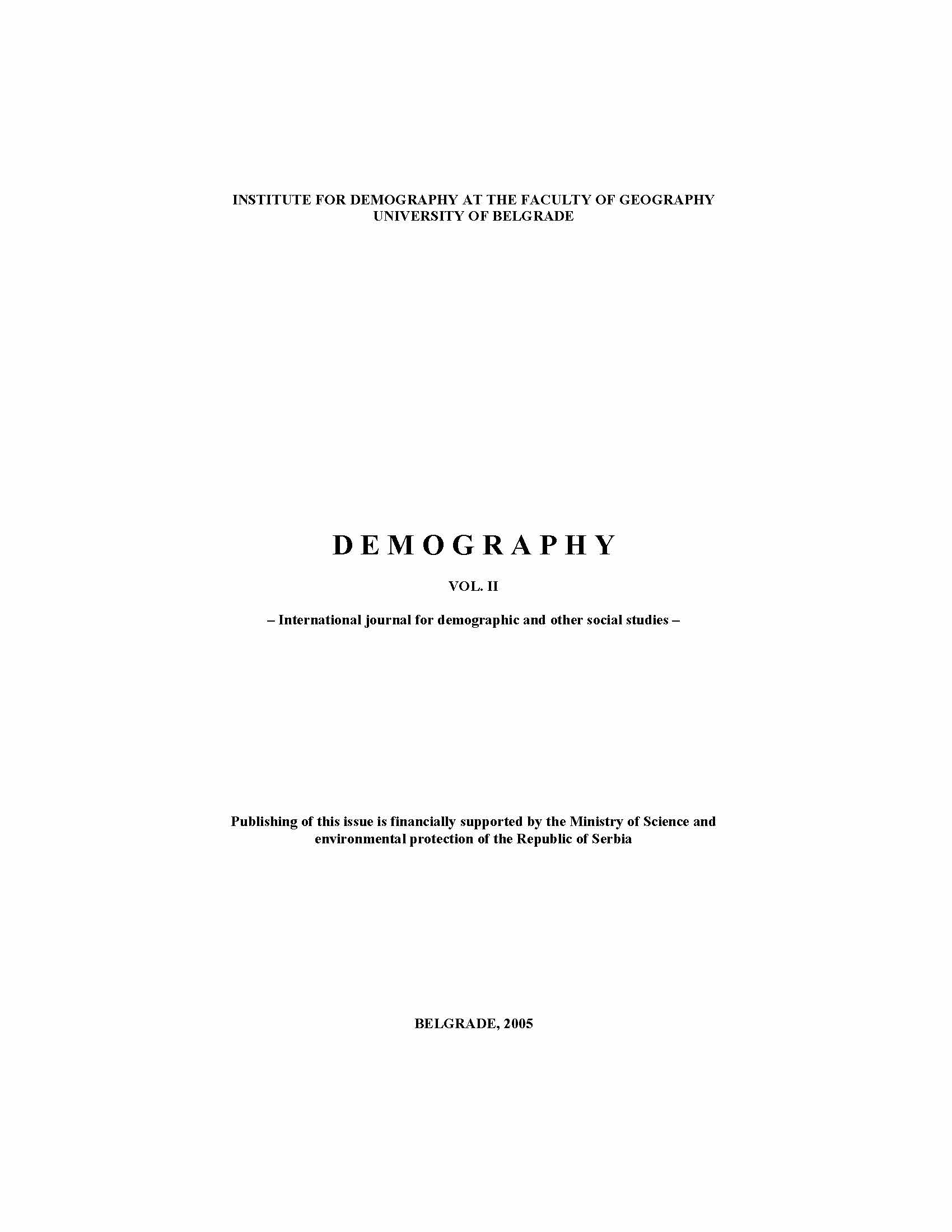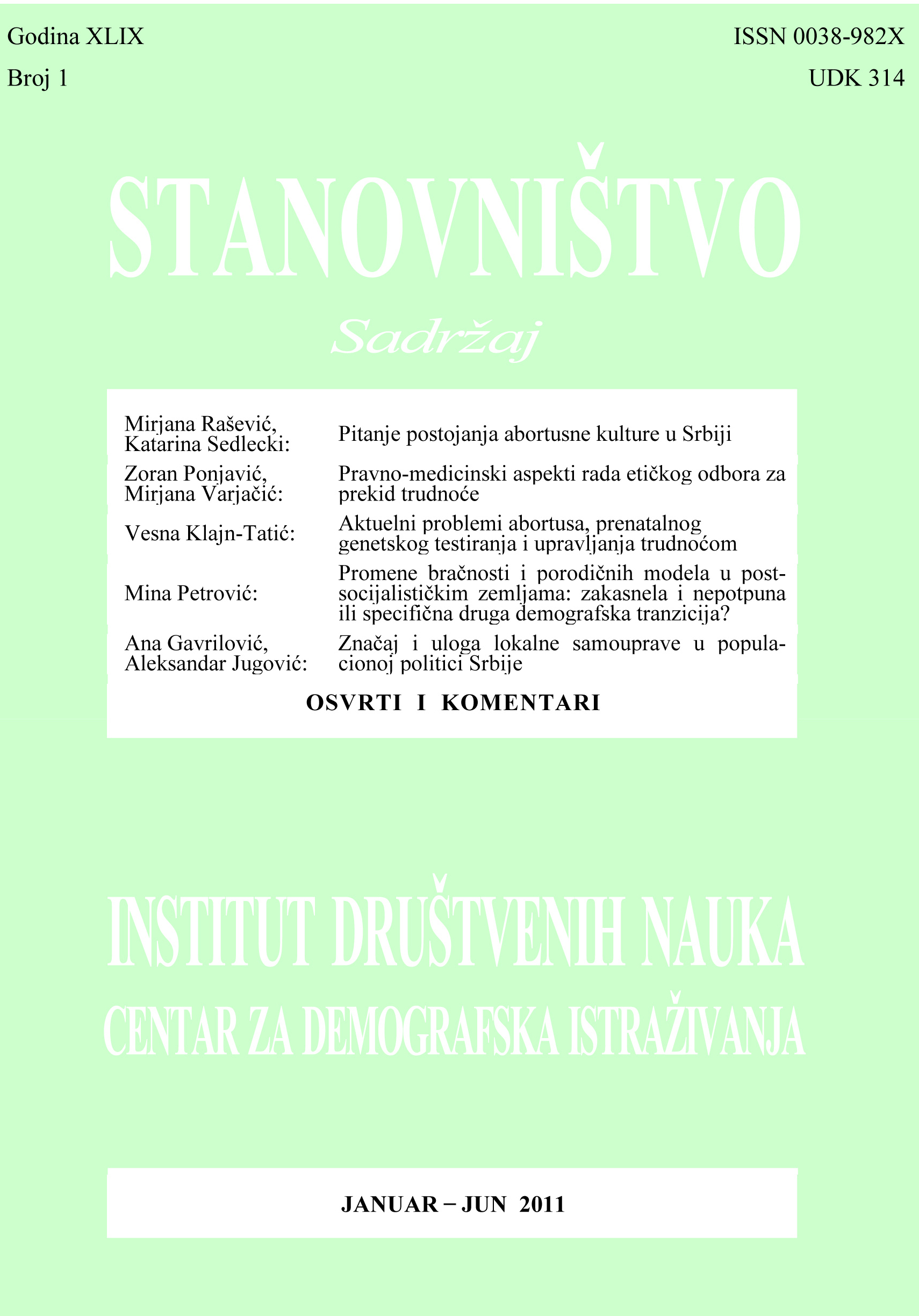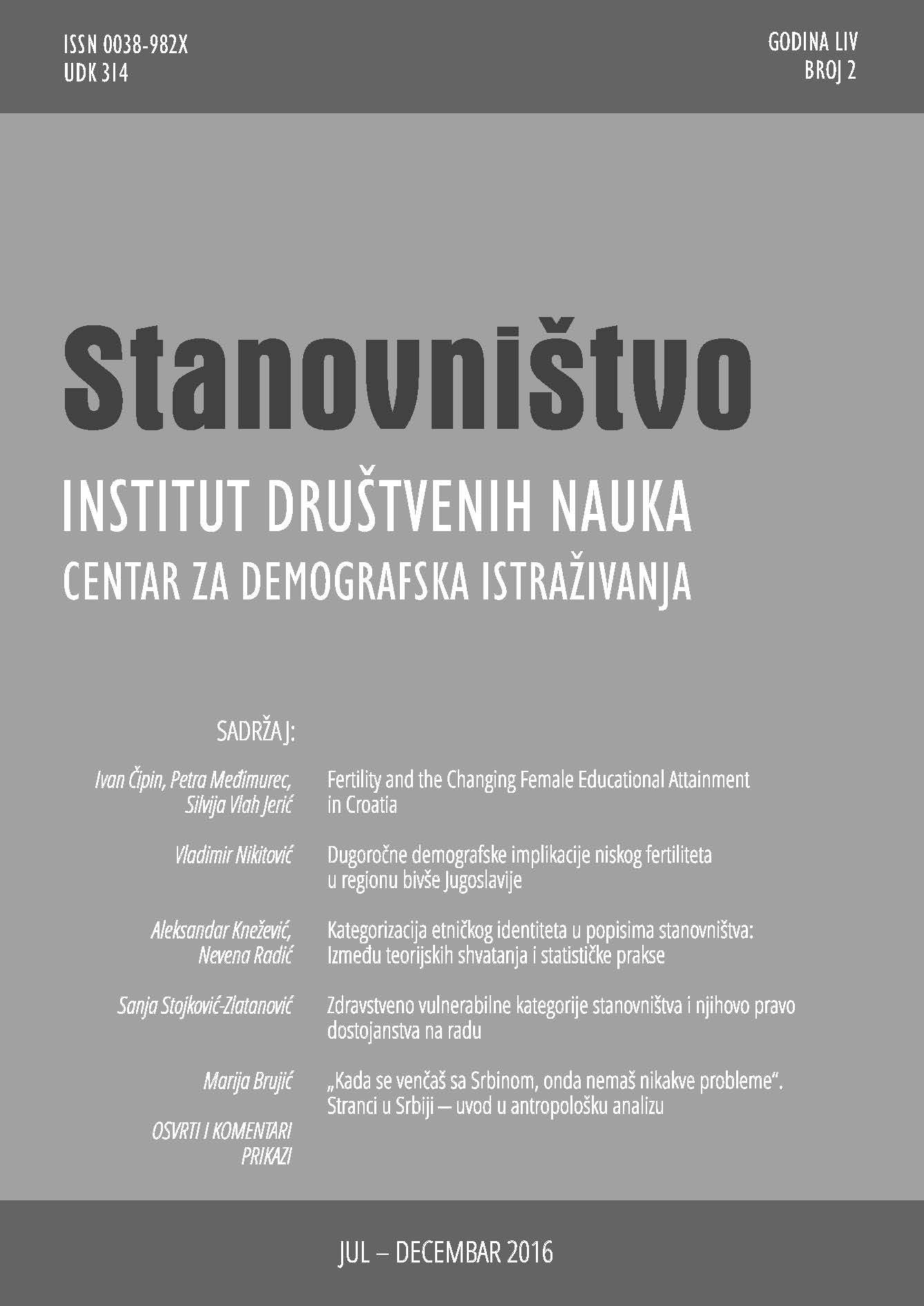
„Kada se venčaš sa Srbinom, onda nemaš nikakve probleme“ Stranci u Srbiji – uvod u antropološku analizu
Although according to some scholars, Serbia does not have great immigration potential, there is more and more research within social science’s framework about immigrants in Serbia. However, the majority of these papers focus on current “migration crisis” and, in relation to this, asylum seekers and irregular migrants. Therefore, this paper has had manifold aims. Firstly, the paper has drawn attention to the anthropological study of foreigners who live and work in Serbia. Secondly, it has revealed some of the problems they had been confronted with in reality. Within this framework, the focus was on highly qualified female foreigners from the EU countries who came for love or/and work which is a topic that does not occupy a prominent place in anthropological research in Serbia. However, with regard to the EU-integration of Serbia and Europeanization of migratory policies, the research of personal experiences of foreigners living in Serbia could signify the gaps in migrants’ integration policy and in the adaptation of migration strategies. Thus, in this research were used in-depth semi-structured interviews conducted in 2016 in Belgrade as a method of collecting data and the “bottom-up” approach. As a result, in this paper were analyzed narratives of a German and a British woman about their everyday experiences connected with their residing and working status. Their narratives showed their struggle with Serbian bureaucracy and related to this, how they legalized their “migratory status”. Furthermore, in the analysis of the micro context the term “ethnography of particular” was used, an approach developed by Lila Abu-Lughod in order to, one the one hand, avoid generalization and, on the other, to focus on individual life histories, which is an approach usually used in socio-anthropological studies. In particular, the paper stresses the relevance of individual strategies used for regulation of residence of foreigners in Serbia. Both British and German woman are married to Serbs, have no children, speak The Serbian language, socialize mainly with the Serbs and live and work in Belgrade. While German woman came during Milošević’s regime in 1999, the British woman came in 2002. Although they did not suffer from “professional deskilling”, which is typical for female migration in general, they both had to prequalify in order to find a job in Serbia. However, they both found it was easier to regulate their residence status through family, not working, visa, especially before new legal documents concerning foreigners’ status were introduced. For instance, the most important legal document adopted as part of EU-integration process are Law on Foreigners (2008), Law on Migration Management (2012) and Law on Employment and Work of Foreign Citizens (2014). Foreigners living in Serbia represent the important group as many of them either work or use their pensions in Serbia. Therefore, having in mind the importance of Europeanization of migratory strategies in Serbia within Europeanization of Serbia and EU-integration process in general and possible migration of EU nationals to Serbia, this paper discussed the importance of individual (working) migration to Serbia on a micro level.
More...
